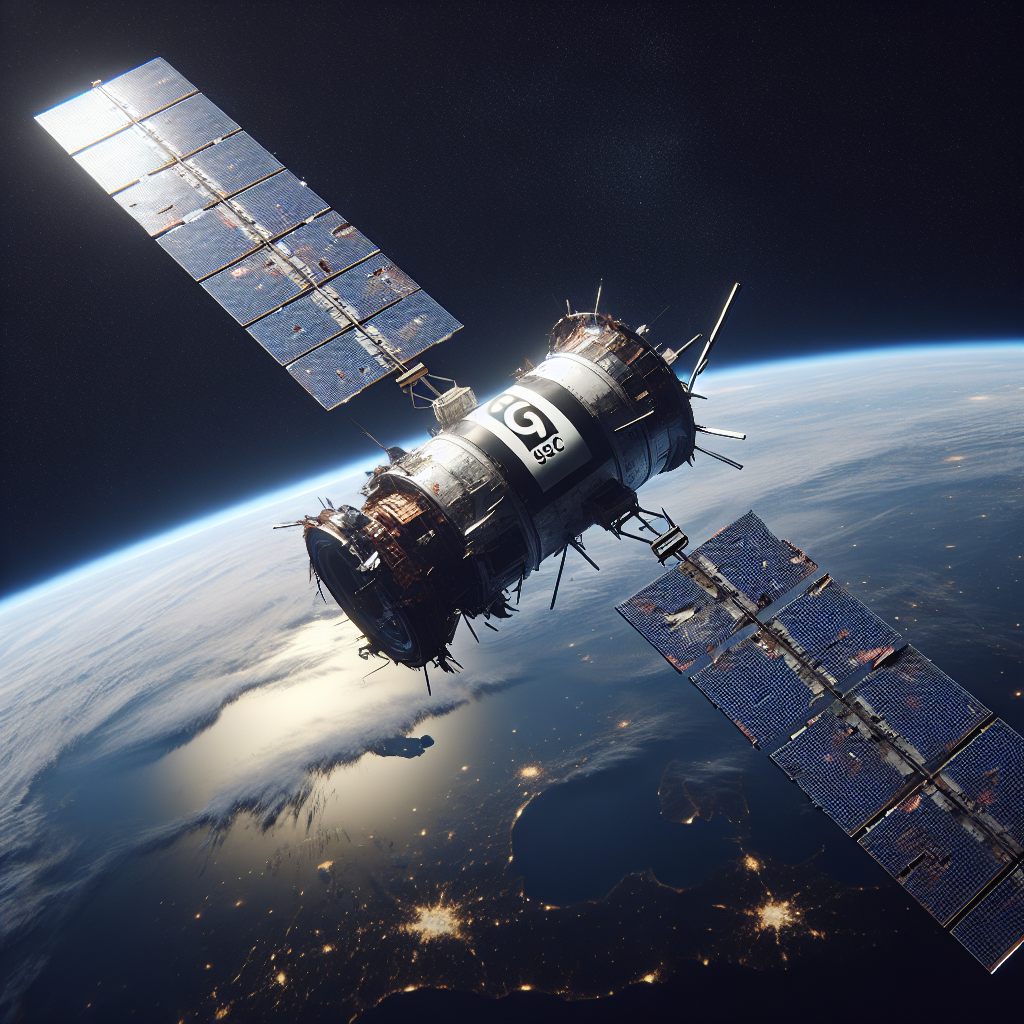SpaceX experienced a rare failure on Thursday during its launch of a Falcon 9 rocket carrying a series of Starlink satellites. The company aimed to launch 20 satellites from the Vandenberg Space Force Base in California, but faced issues a few hours into the mission. SpaceX CEO Elon Musk announced that the rocket encountered a rapid unscheduled disassembly (RUD) while in orbit.
According to SpaceX, the rocket’s second stage did not complete its second burn, causing the Starlink satellites to be deployed into a lower orbit than intended. Despite this, the company has made contact with five of the satellites and is working to elevate them to a higher orbit. Musk mentioned that the satellite software is being updated to run the ion thrusters to their maximum capacity, though he admitted success was uncertain.
This incident marks a rare setback for the Falcon 9, which saw almost 100 successful launches last year. The previous failure of a Falcon 9 was in 2016 when a rocket exploded on the launchpad during fueling. Prior to Thursday’s launch, SpaceX had deployed 6,720 Starlink satellites across 180 Falcon 9 missions, as reported by astrophysicist and space statistician Jonathan McDowell.
The Federal Aviation Administration (FAA) acknowledged the incident on Friday and stated that no injuries or public property damage had been reported. The FAA announced it would require an investigation into the failure.
This incident coincides with the FAA’s preparation to gather public input on SpaceX’s proposal to increase the launch frequency of its Starship and Super Heavy booster from Texas. SpaceX is currently permitted to conduct five Starship launches and ten landings per year, along with ten landings of the Super Heavy booster from its Boca Chica, Texas, facility. The company seeks to expand this to up to 25 launches and landings each year.
Next month, the FAA will hold four public meetings, including one virtual session, to discuss the environmental impact of these increased launches and SpaceX’s plans to upgrade its megarocket.
